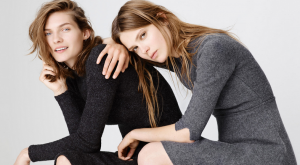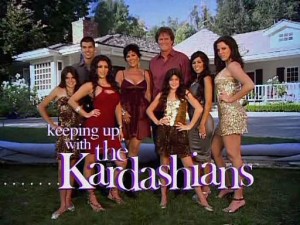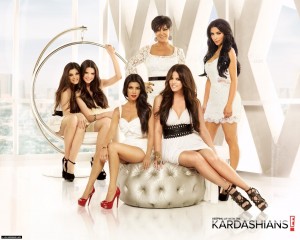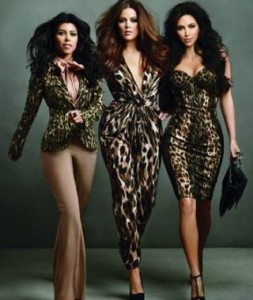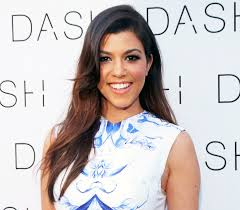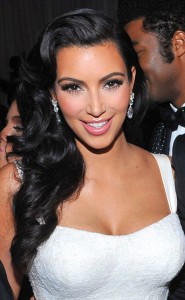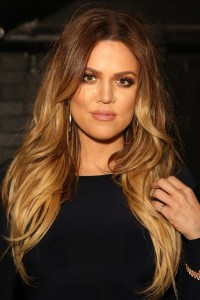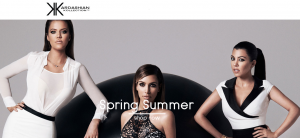For one of my classes here at UBC (Brand Management) for the final class project we were asked to do a brand audit. Using taught techniques such as the brand associations test, my group and I embarked on the adventure of understanding how consumers in the Vancouver market perceived the brand Armani and analyzed one of its category extensions, Armani Casa.
I highly enjoyed doing this project with my amazing team, and thus want to share with you our results and conclusions.
Founded in 1975 by Giorgio Armani, Giorgio Armani S.p.A. is an Italian luxury fashion house best known for producing high-end apparel for both men and women. Since its launch, the brand has ventured off into a variety of sub-brands tailored towards various demographics. Giorgio Armani himself has maintained decision making authority over the company with an effort to communicate a consistent brand meaning across all product lines and advertising channels. Armani Casa, launched in 2000, it´s Armani’s entry into the high-end furniture category with distinct designs and colour combinations that further emphasize Armani’s high-end branding. Currently, Armani is competing in the hyper-competitive luxury fashion segment with top brands such as Dolce & Gabbana, Hugo Boss and Louis Vuitton.
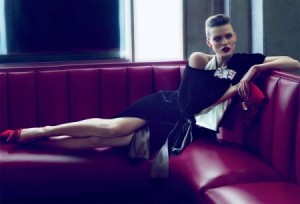 From our analysis of Armani’s advertising and modes of corporate communication including annual reports, websites and social media, Armani is attempting to create associations that not only place them within the premium fashion category, but differentiate Armani from the stiff competition in this tier. The meanings that Armani is intending to evoke include high-end, elegance, luxury, uniqueness and sophistication. Armani is attempting to create these associations through its traditional Black and White, simple and provocative
From our analysis of Armani’s advertising and modes of corporate communication including annual reports, websites and social media, Armani is attempting to create associations that not only place them within the premium fashion category, but differentiate Armani from the stiff competition in this tier. The meanings that Armani is intending to evoke include high-end, elegance, luxury, uniqueness and sophistication. Armani is attempting to create these associations through its traditional Black and White, simple and provocative
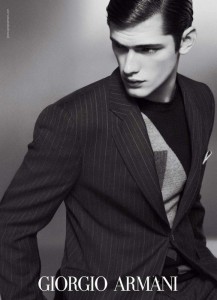
The primary research suggests that Armani is largely failing in its attempt to create associations of “Elegance” and “Uniqueness”. While consumers understand that Armani is high-end fashion, comparable to luxurious European fashion houses, there are no factors of differentiation to uniquely identify Armani. Secondly, while consumers understand Armani’s overall positioning in the luxury fashion segment, they fail to understand the personality and the abstract meanings that the fashion brand tries to evoke. Lastly, a major area of concern in our analysis was that negative brand associations were potentially brought about by the lower-priced brand Armani Exchange (A|X).
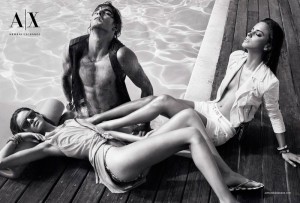
Armani is still considered a fashion icon in the industry but its brand has reached a maturity stage and is beginning to decline. Armani suffers from weak scores in the Young & Rubicam Matrix in differentiation, knowledge and esteem. Low knowledge may result in low relevance, esteem and differentiation, because the consumer does not know what the Armani brand offers. The only sub-brand of Armani that was mentioned more than once was Armani exchange; this is evidence that few individuals inside the target market are aware of the higher-end Armani products and their positioning. Overall, we have given the brand a rating of B.
Several key recommendations that will strengthen the Armani brand include employing a more credible spokespeople to represent the brand, employing vastly different advertising mediums and messages to differentiate between A|X and the more premium Armani brands, and lastly employing tactics (e.g. selection of credible spokespeople) to differentiate the brand between other high-end fashion brands.
PS: If you wish to read the whole report please do not hesitate to message me and ask for the document.

